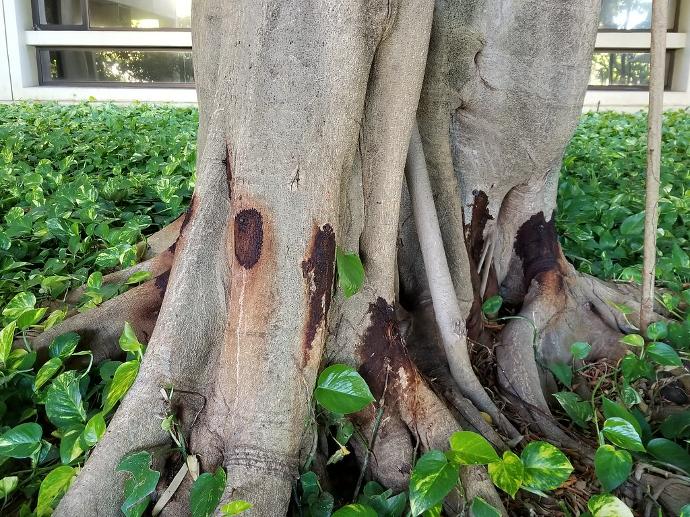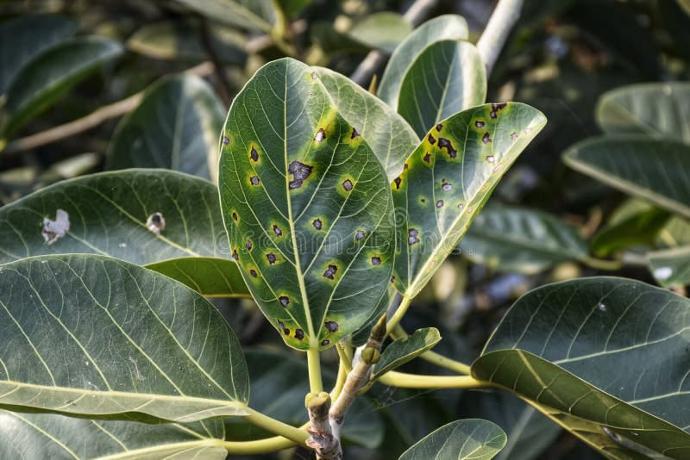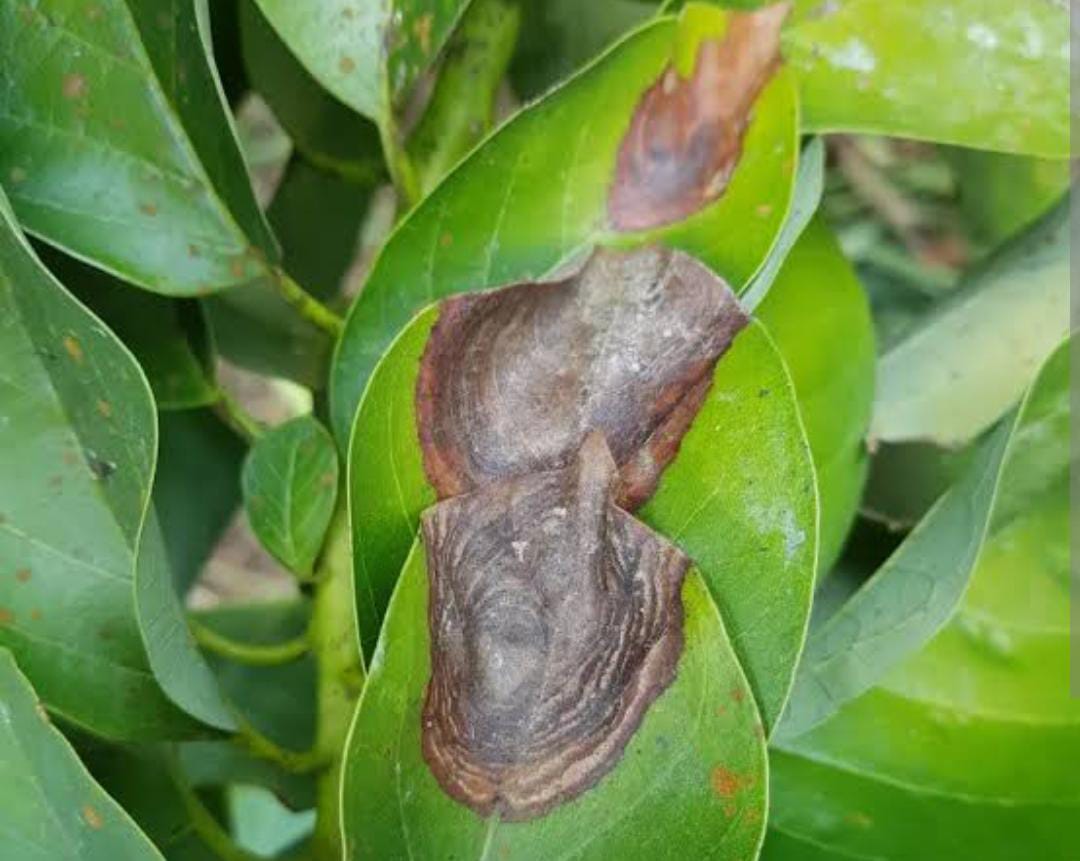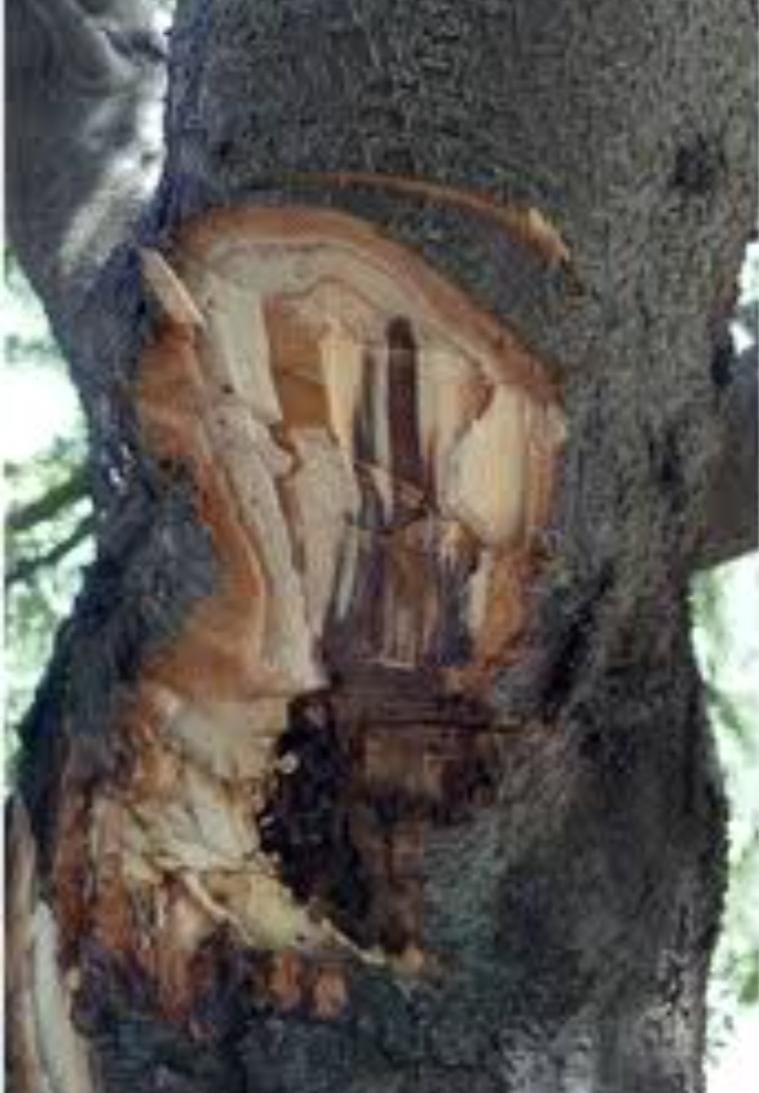Banyan Tree
Banyan is an versatile tree, thrives in well-drained soil and full sun exposure. With a fast growth rate, it's hardy in zones 10-12. Known for its medicinal properties.
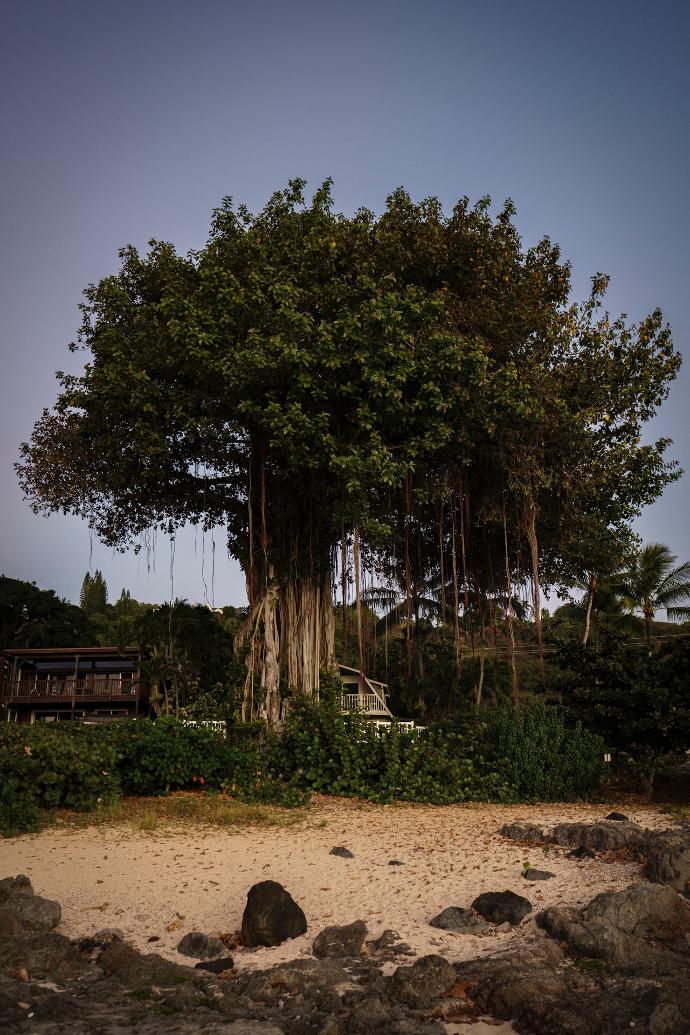
Habit
Tree
Height
20-30 m
Growth
Fast
Soil
Well-drained sandy loam
Shade
Full Sun to Partial Shade
Moisture
High
Edible
Moderate
Medicinal
Yes
Origin
India
Climatic Condition
Tropical
Temperature (°)
20-35°C
Humidity (%)
50-80%
Potting media
Garden soil
Fertilizers
Organic compost
Watering
Regular watering during establishment; drought-tolerant once mature
Plant Weight
500-1000 kg
Flowering Time
Not applicable
Soil Ph level
6.0 - 7.5
Water Ph level
6.0 - 7.0
Soil EC
Medium
Yield Per Plant
Ornamental use
NPK ratio
10:10:10
life Span
Perennial
Health Benefits
Suggested Grow Media or Potting Mix ?
60% loam, 20% sand, 20% compost
Suggested Fertigation/Fertilizers
Fertilize annually with a balanced, slow-release tree fertilizer.
Common Diseases and Remedies
Shoot canker , Anthracnose
Gum like substances are released , dark lesions on leaves
Remove effected bark , rouging
HEALTH BENEFITS
The banyan tree (Ficus benghalensis) has various health benefits, especially in traditional medicine like Ayurveda. Here are some key benefits:
1. Boosts Immunity
- Rich in antioxidants, banyan tree extracts help strengthen the immune system and protect against infections.
2. Improves Digestive Health
- The bark and latex of the banyan tree are used to treat diarrhea, dysentery, and constipation.
- The fruit is a natural laxative and helps in digestion.
3. Supports Diabetes Management
- Banyan bark extract has been shown to lower blood sugar levels by improving insulin sensitivity.
4. Enhances Skin Health
- The latex is used in treating skin infections, wounds, and ulcers.
- Anti-inflammatory properties help reduce acne and skin irritation.
5. Promotes Oral Health
- Chewing banyan tree roots acts as a natural toothbrush, strengthening gums and preventing bad breath.
6. Benefits for Women’s Health
- The bark is used in Ayurvedic medicine to regulate menstrual cycles and treat excessive bleeding.
- Helps with postpartum recovery.
7. Supports Respiratory Health
- Decoctions made from banyan bark are used to treat respiratory problems like asthma, bronchitis, and colds.
8. Aids Joint and Bone Health
- The latex is used in traditional medicine for treating arthritis and joint pain.
- It strengthens bones and prevents osteoporosis.
9. Improves Heart Health
- Banyan fruit contains potassium and fiber, which help regulate blood pressure and support cardiovascular health.
10. Anti-Inflammatory & Wound Healing
- The leaves and bark have antimicrobial and anti-inflammatory properties that promote faster wound healing.
What is Banyan tree ?
Banyan tree is a type of fig tree and belongs to the Ficus genus. It is characterized by the fact that the roots are on the branches and the roots are taken from the soil and form a new trunk. This gives the tree a unique shape with many trunks and broad faces. The banyan tree is native to tropical and subtropical regions of Asia, Africa and Australia. In Hinduism and Buddhism, they are often considered sacred and associated with longevity and wisdom.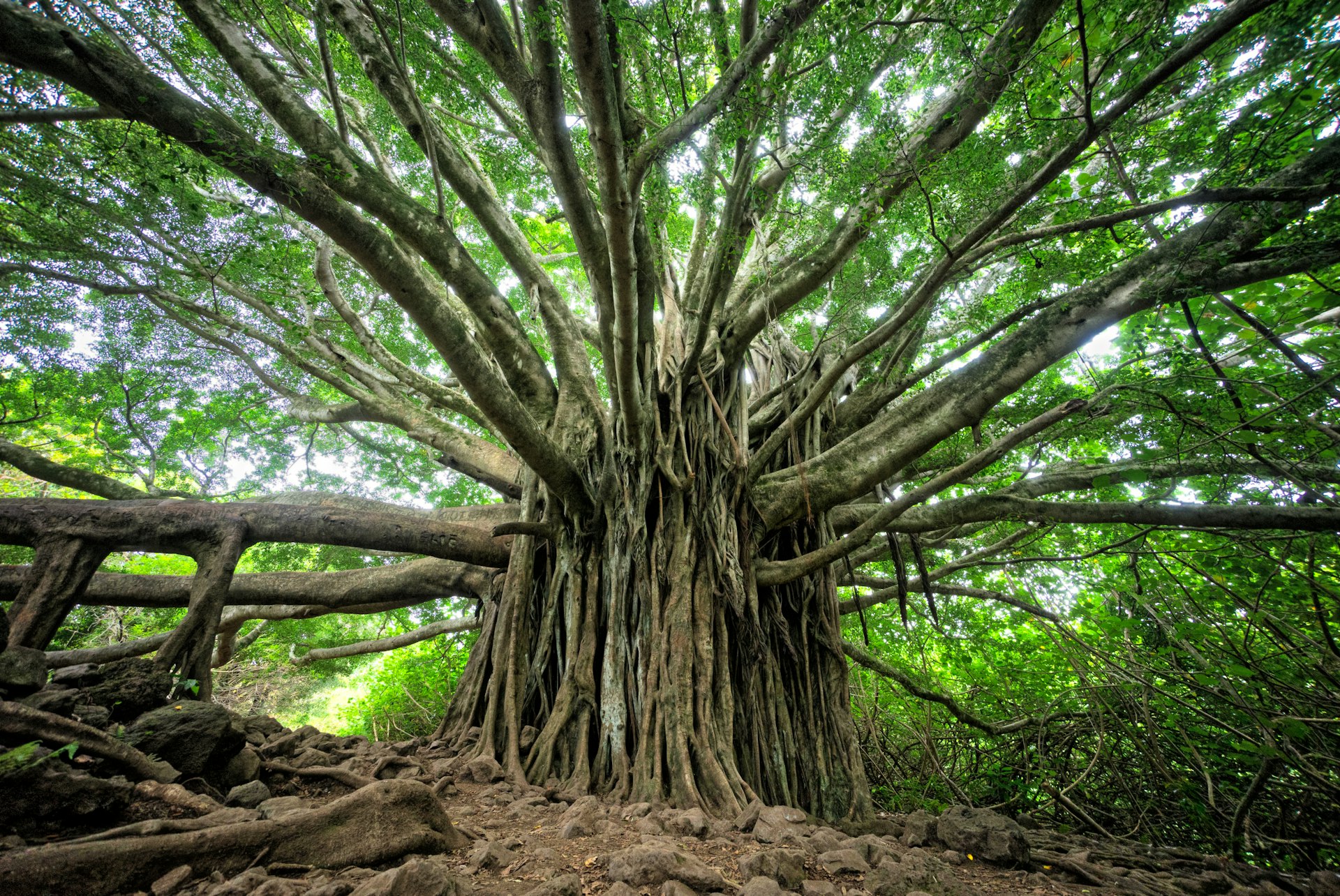
What Are The Different Types Of Banyan?
There are many varieties of banyan trees and each has its own unique characteristics. Some of the best-known brands include:
1. Ficus benghalensis (Banyan tree):
Native to southern India, this species is one of the largest and most sacred trees in Hinduism. It has a broad crown and aerial roots that grow downward from the branches to form a new trunk.
2. Ficus microcarpa (Chinese banyan tree):
This species, native to Southeast Asia, is generally used as an ornamental tree in gardens and parks. It has a smaller crown than the banyan tree and is often grown as a bonsai tree.
3. Ficus elastica (rubber tree):
This tree, native to Southeast Asia, is known for its sap used in rubber making. It has large leaves, shiny leaves and aerial roots coming from the branches.
4. Fig (white fig):
This species, whose homeland is the Indian subcontinent, is considered sacred in Hinduism and Buddhism. It has heart-shaped leaves and aerial roots that grow from the branches and form a new trunk.
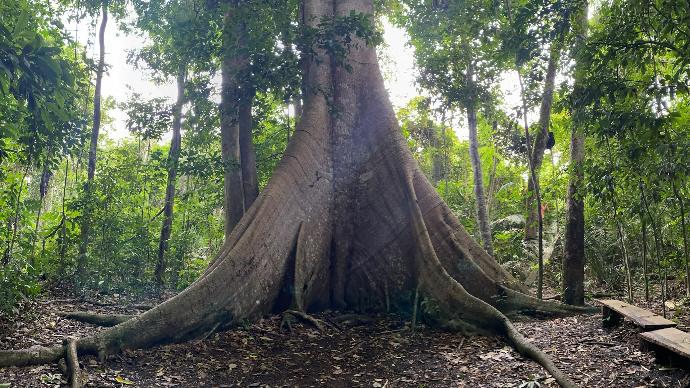
How To Care The Banyan Tree?
Location
Banyan trees are native to tropical and subtropical regions of Asia, Africa and Australia. They thrive in warm, humid climates and can be found in many habitats, including forests, mangroves and beaches. Beyond its native location, the banyan tree has been introduced to other parts of the world as an ornamental tree, sometimes planted in botanical gardens and parks.
Sun light
Ficus trees generally prefer full sun but can also tolerate partial shade. They usually grow in open areas with plenty of sunlight in their habitats. However, they can adapt to growing in the shade of other trees or buildings. In general, banyan trees are resilient and can grow in a variety of light conditions as long as they receive adequate sunlight to promote photosynthesis and growth.
Soil
The banyan tree is very adaptable and can grow in many soil types, but generally prefers well-drained, fertile soil. They can tolerate a wide range of soil pH, from acidic to alkaline, but do best in slightly acidic to neutral soil. Since banyan trees can also tolerate some salt in the soil, they can grow in coastal areas. However, they do not tolerate water or poor soil, so it is important to ensure the soil is well-drained. In their habitat, Ficus trees usually grow in silt soil along rivers and streams, but they can also be found in different soil types such as sand, loam, and clay.
Hydration
Banyan trees need to be watered regularly, especially in the first few years of growth. They like moist soil but can also tolerate occasional short periods of drought. The tree must be watered deeply so that the water reaches the roots. However, overwatering can cause root rot, so it is important that the soil does not become waterlogged. Generally speaking, ficus trees are very adaptable and can tolerate a lot of water, but they do best with consistent moisture.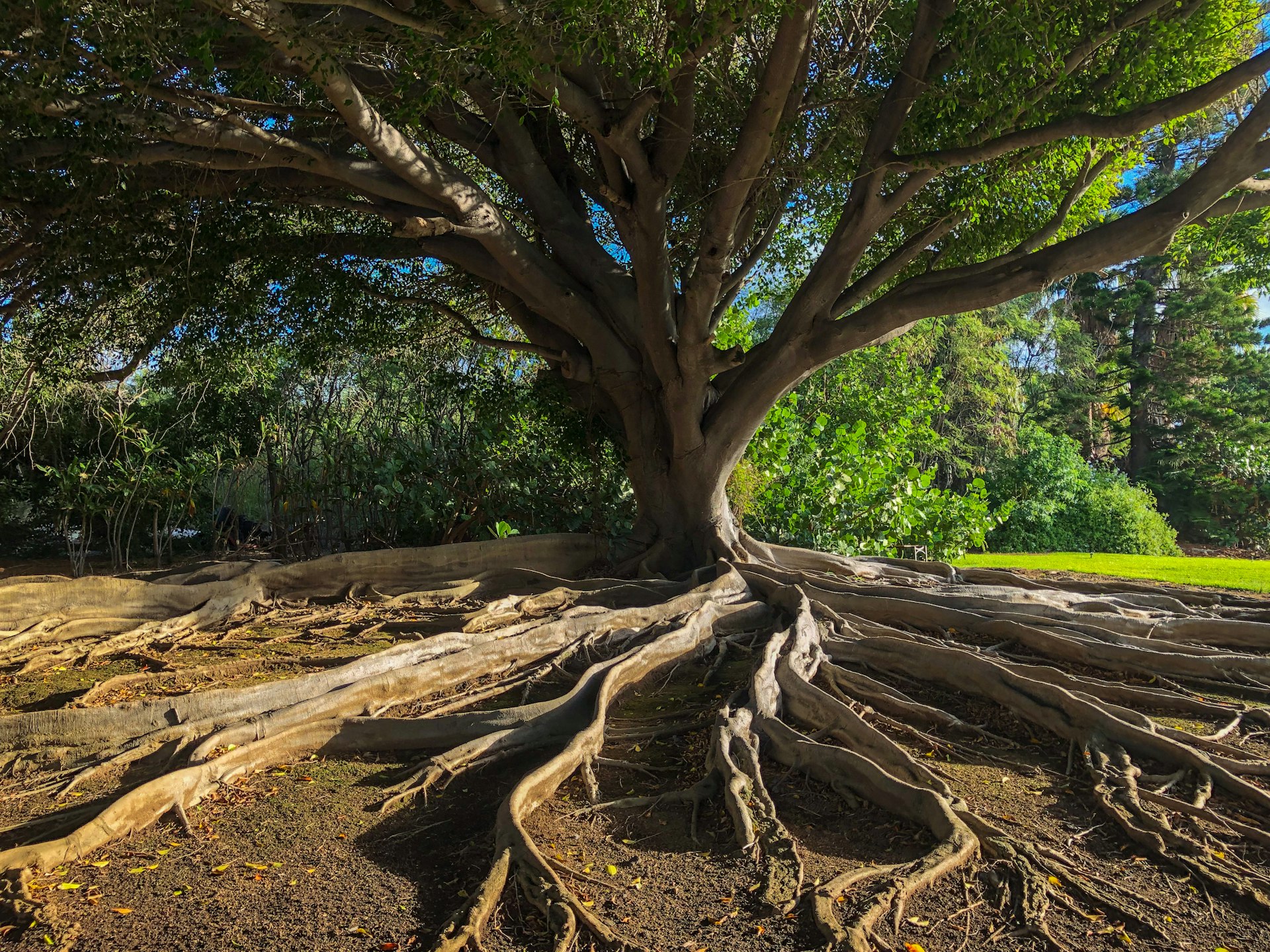
Nourishment
Banyan trees, like all plants, need nutrients to grow and develop. They can take nutrients from the soil but also benefit from additional fertilization. A balanced fertilizer of 10-10-10 or similar can be applied to the soil around the tree once or twice a year, according to the manufacturer's instructions. This can help provide the nutrients the plant needs for healthy leaf and root growth. It is important not to over-fertilize as this can lead to malnutrition and other problems. Generally speaking, ficus trees are very well adapted and can grow in many soil types, but they grow best in good, fertile soil rich in organic matter.
Issues
Although Ficus trees are generally hardy and adaptable, they can still encounter some problems while growing. Some common questions are:
1. Root Rot: Excessive water or poor soil can cause root rot, which can weaken or even kill the plant.
2. Pests: Banyan trees suffer from diseases that damage leaves and stems, such as aphids, scale insects and mealybugs.
3. Diseases: Ficus trees are also susceptible to diseases such as leaf spot, powdery mildew and root rot, which cause leaves to turn yellow or brown and fall off.
4. * Nutrient deficiency*: If the soil is deficient in nutrients, the plant will grow poorly and may develop yellow or brown leaves.
5. Environmental stress: Banyan trees are sensitive to environmental stress such as drought, hot weather and pollution, which can cause leaves to drop or drop.
6. Competition: Ficus trees may also face competition from other plants, which can limit their growth and development.
What Are The Benefits of Banyan Tree?
Banyan trees provide many benefits to the environment and people:
1. * Shading and Cooling*: The wide canopy of the banyan tree provides shade and helps cool the environment. This is especially useful in hot weather.
2. AIR CLEANING: Like all plants, the banyan tree absorbs carbon dioxide and releases it during photosynthesis. This helps keep the air clean and improves air quality.
3. Wildlife Habitat: Banyan trees provide habitat for a variety of wildlife such as birds, insects and small animals. Weather history and thick canopy provide shelter and nesting ground.
4. Soil Stabilization: The large roots of the banyan tree help stabilize the soil and prevent erosion and soil erosion.
5. Aesthetic Value: Banyan trees are often considered beautiful and majestic and can enhance the aesthetic value of parks, gardens and other public spaces.
6. Cultural Significance: Banyan trees are often considered sacred in Hinduism and Buddhism and are associated with longevity and wisdom. They are also important in many other cultures around the world.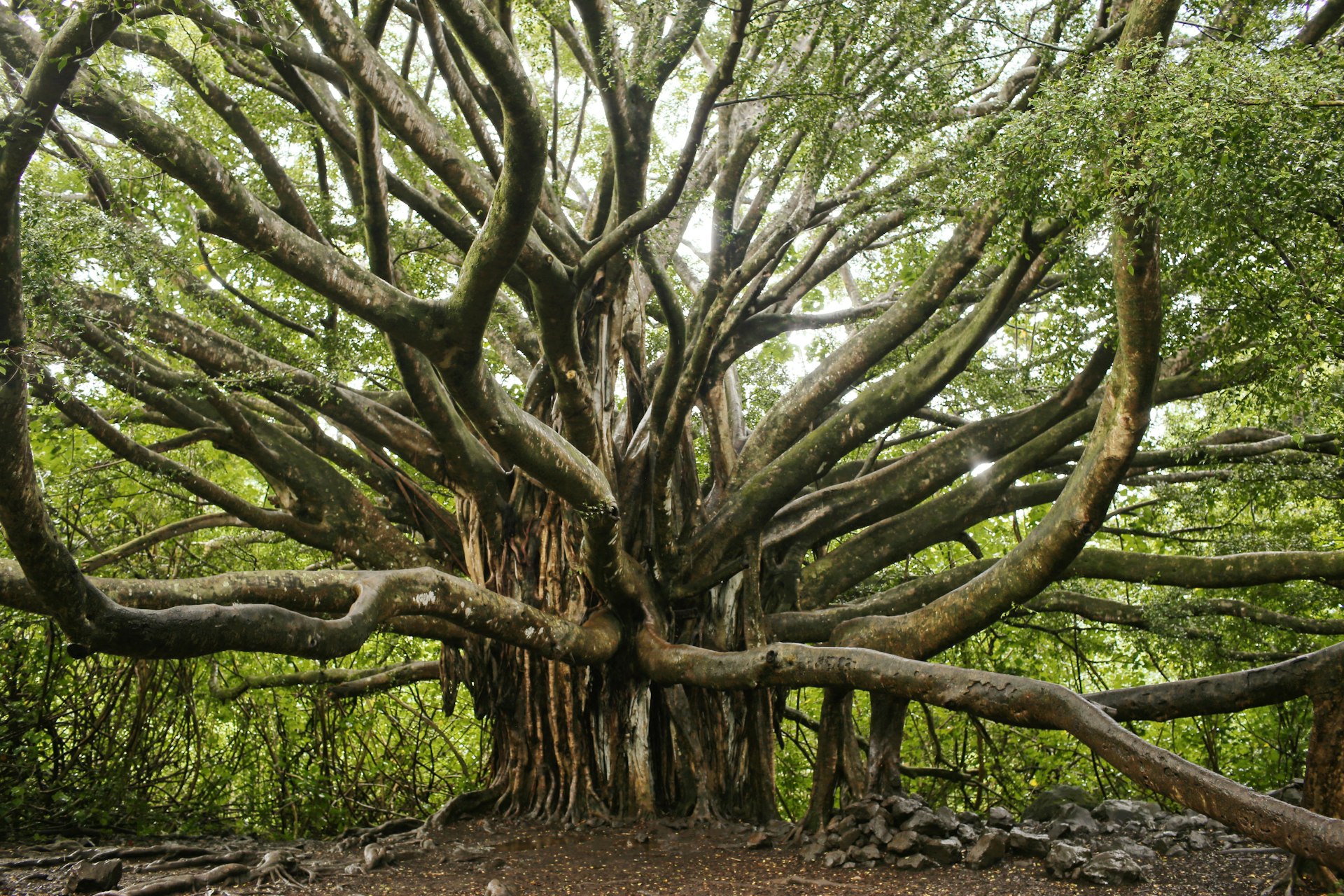
FAQs About Growing Banyan Tree
1. How to check banyan tree?
Banyan tree consists of several important steps:
1. Watering: Banyan trees need to be watered regularly, especially in the first few years of growth. Water the tree deeply, making sure the water reaches the roots. But do not overwater, which can cause root rot.
2. Fertilization: Apply 10-10-10 or similar fertilizer to the soil around the tree once or twice a year, following the manufacturer's instructions. This can help provide the nutrients the plant needs for healthy leaf and root growth.
3. Pruning: Prune trees as necessary to remove dead or diseased branches, improve air circulation and maintain their shape. Be careful not to prune too much as this can stress the tree.
2. How to use banyan trees?
banyan tree has many uses:
1. Shade: The wide shade of the banyan tree provides good shade, especially in hot weather.
2. AIR PURIFICATION: Like all plants, the banyan tree absorbs carbon dioxide and releases it during photosynthesis. This helps keep the air clean and improves air quality.
3. Wildlife Habitat: Banyan trees provide habitat for a variety of wildlife such as birds, insects and small animals. Weather history and thick canopy provide shelter and nesting ground.
4. Soil Stabilization: The large roots of the banyan tree help stabilize the soil and prevent erosion and soil erosion.
5. Aesthetic Value: Banyan trees are often considered beautiful and majestic and can enhance the aesthetic value of parks, gardens and other public spaces.
3. Can banyan trees grow indoors?
Banyan trees are generally very large trees that need a lot of space and sunlight to grow well. They are generally not good for growing indoors. However, there are some smaller fig tree varieties that can be grown indoors as houseplants, such as fiddle leaf fig or weeping fig. The growth habits of this species are similar to the banyan tree, with its central and broad roots, but it is smaller and suitable for growing indoors. If you want to plant a ficus tree in your home, you can consider one of the small trees.
4. What is the best type of pot to grow a banyan tree?
When choosing a pot to grow a banyan tree, it is important to consider the size and capacity of the pot. Banyan trees have large roots and can grow very large, so they need a large pot with plenty of room for the roots to spread out. A pot at least 18 inches in diameter and 18 inches deep is recommended for young ficus trees; As the tree grows, larger pots will be needed.
When it comes to irrigation, it is important to choose pots with holes in the bottom to drain excess water. This helps prevent standing water and root rot. Additionally, using a pot with a plate or tray at the bottom can help collect excess water and prevent it from pooling at the roots.
5. Where can I buy trees?
Ficus trees are not usually sold as houseplants in nurseries or garden centers because they are large tropical trees that require a lot of space to grow. However, you can find small trees for sale at specialty nurseries or online plant stores. These trees are often sold as seeds or cuttings and can be planted in pots or containers until they are large enough to be planted in the ground. If you're interested in purchasing a ficus tree, it's best to do some research and find a reputable dealer who specializes in tropical trees.
